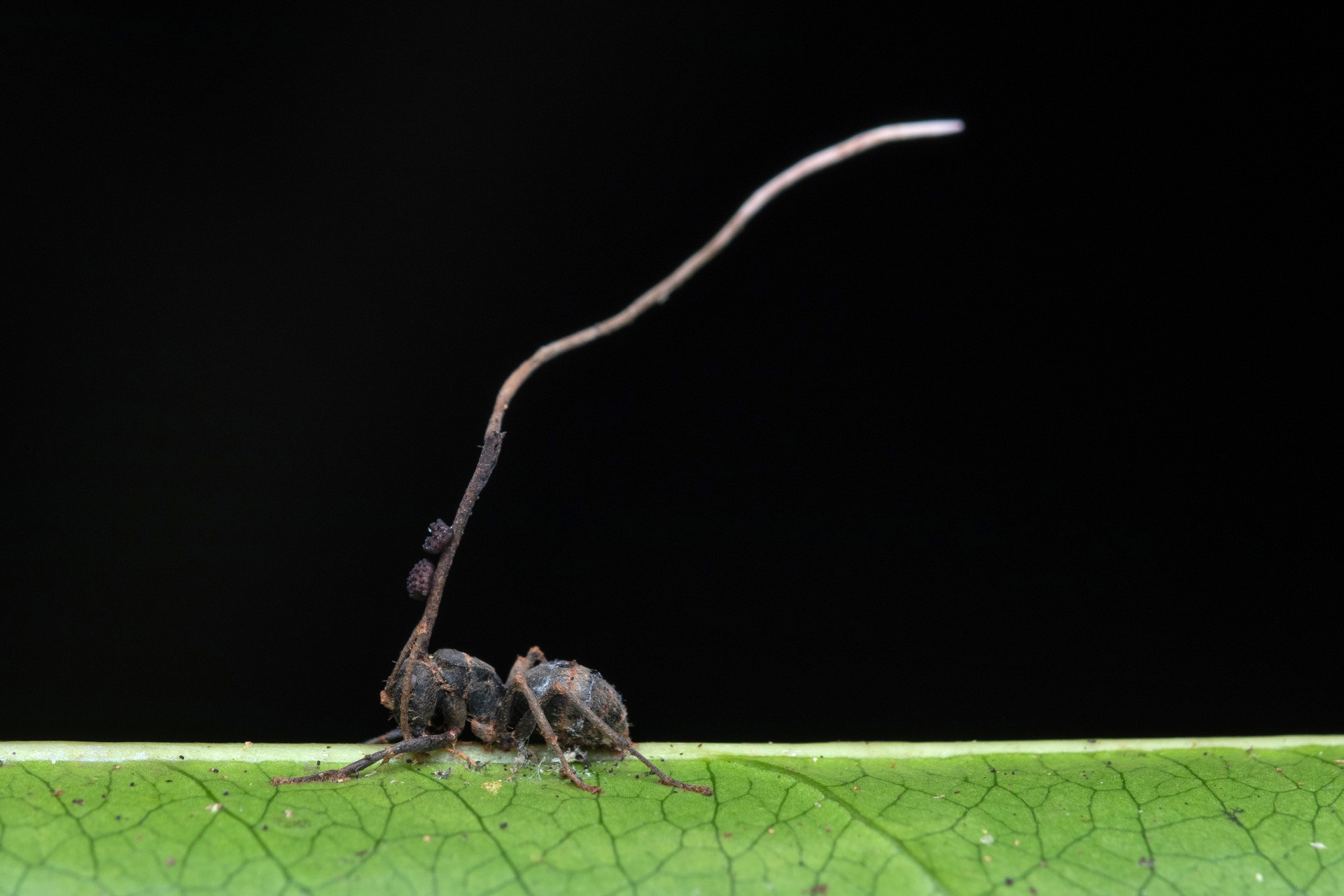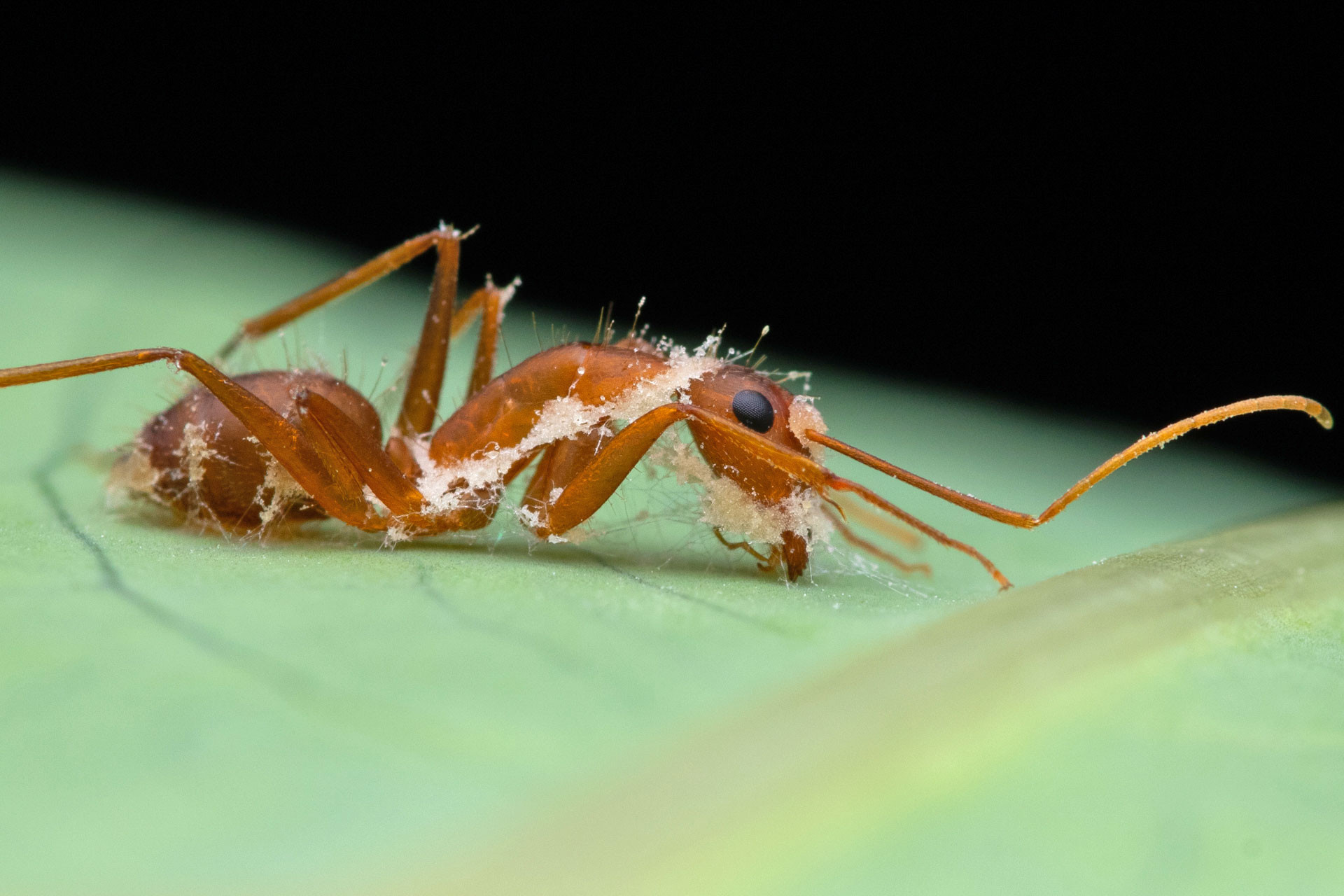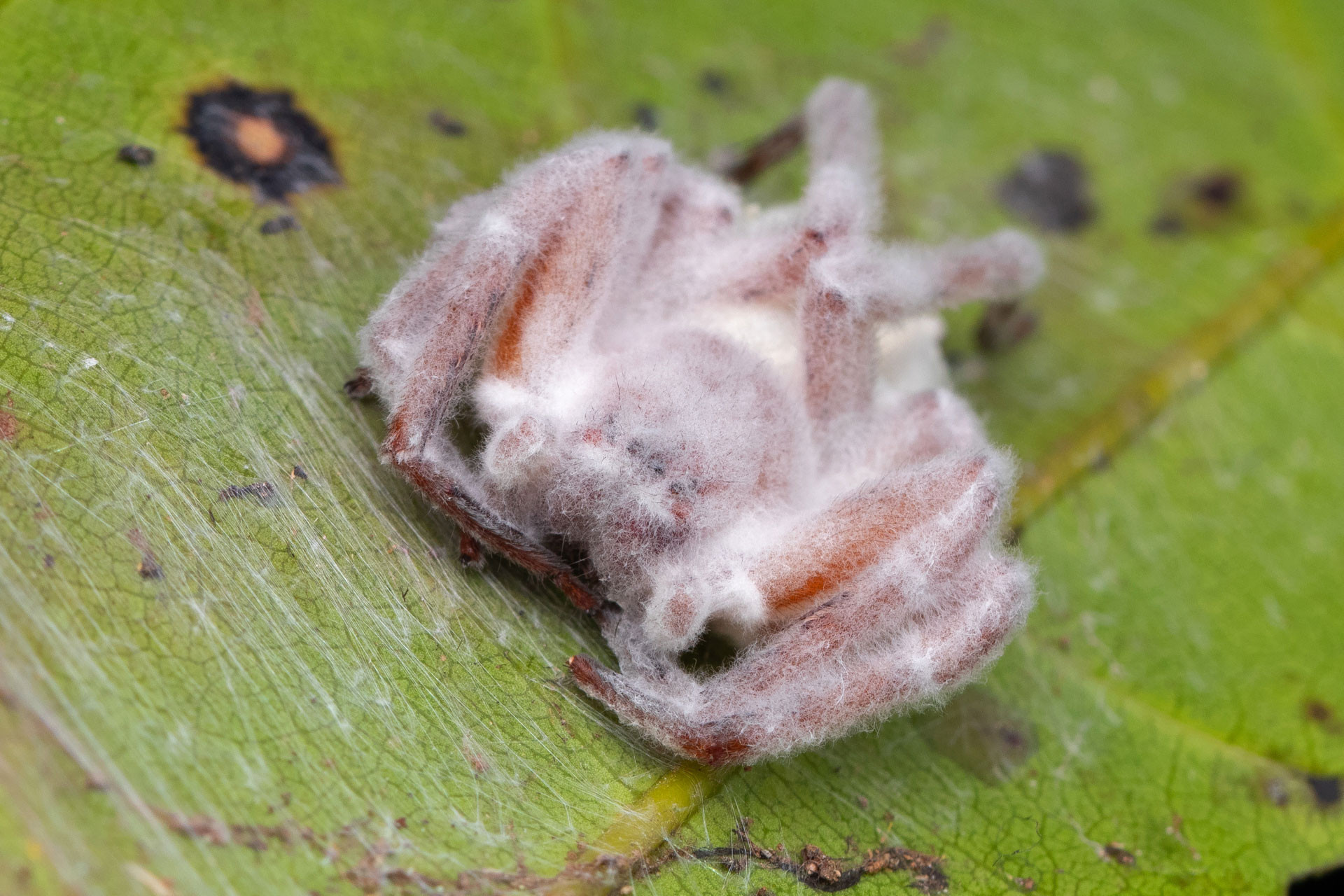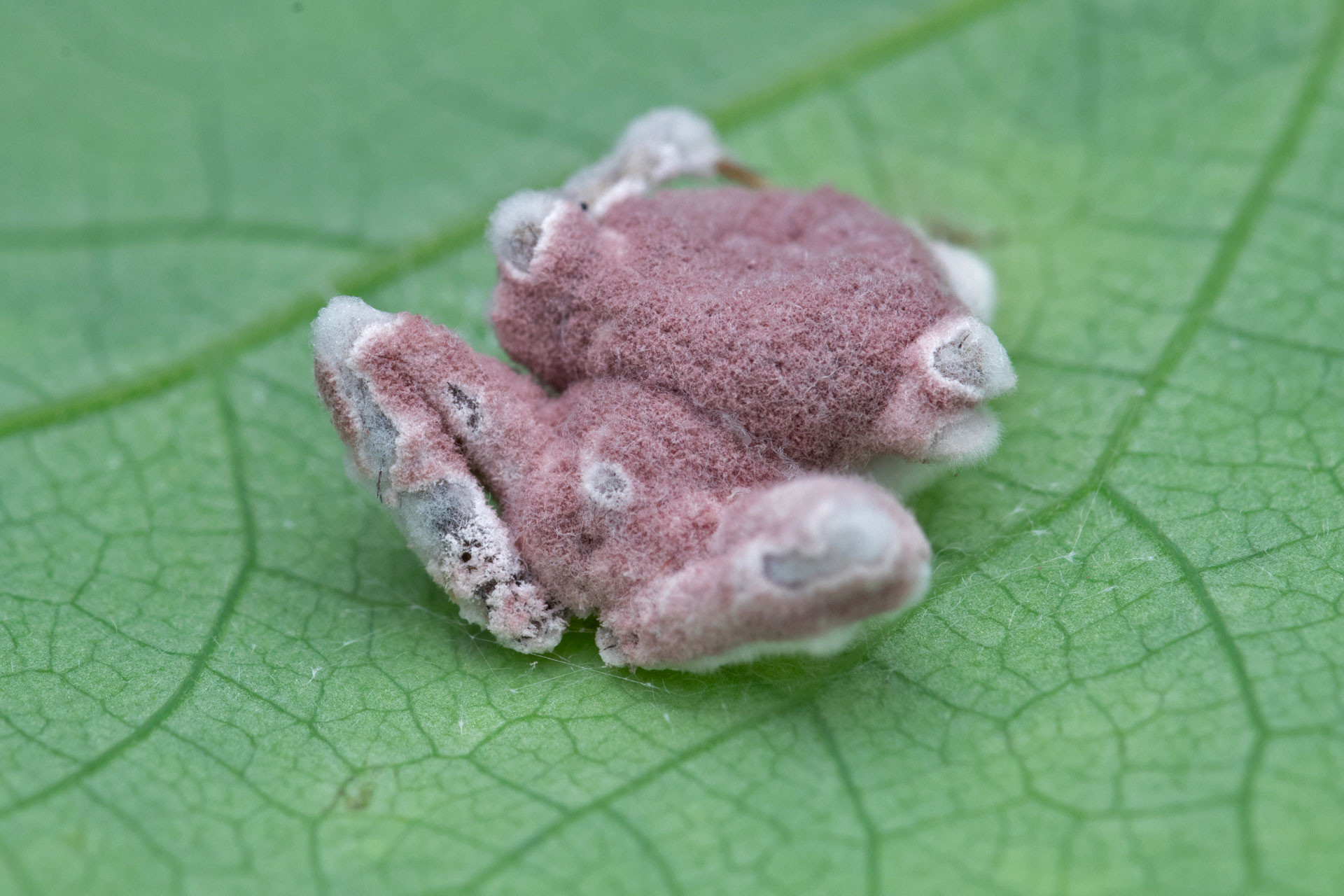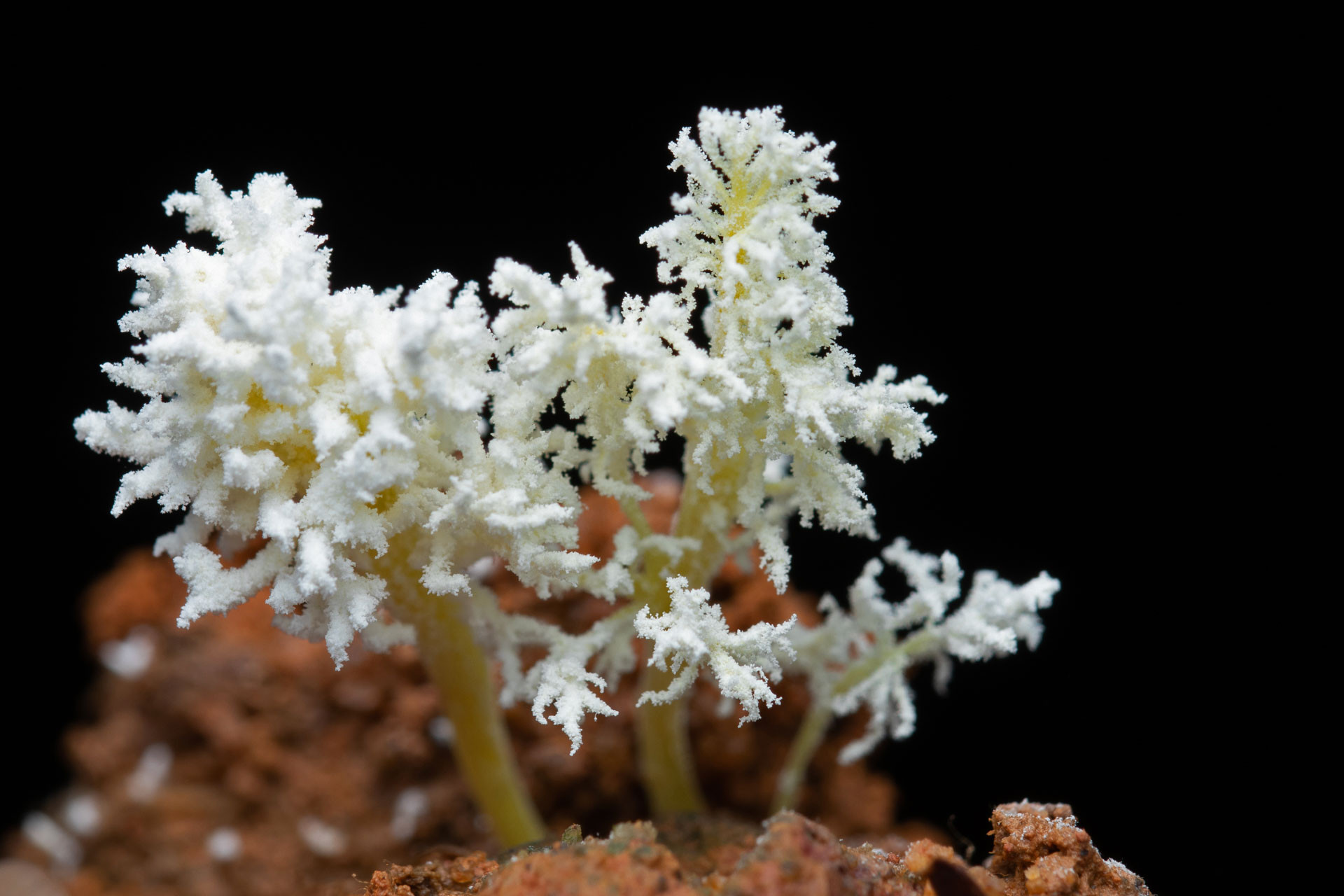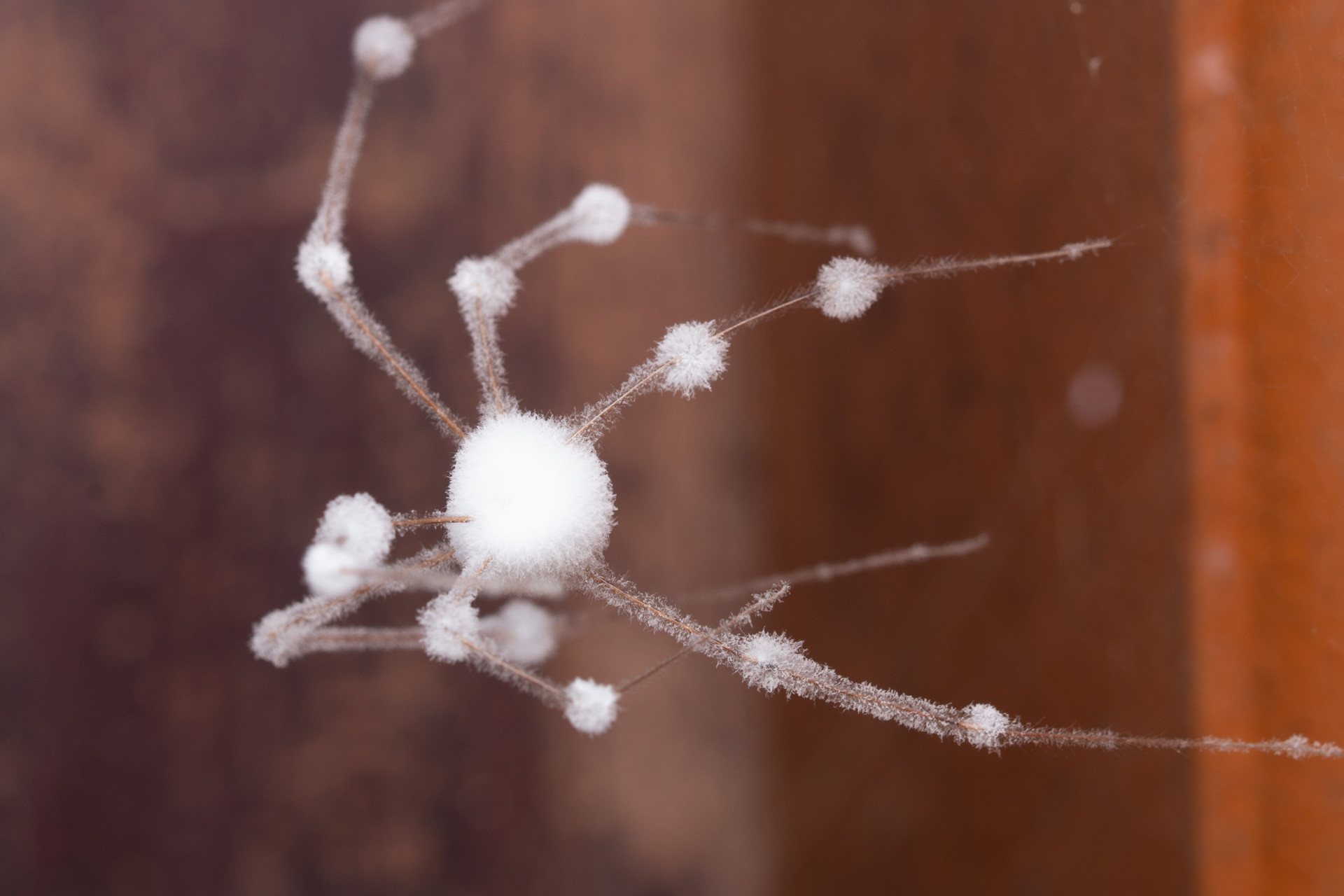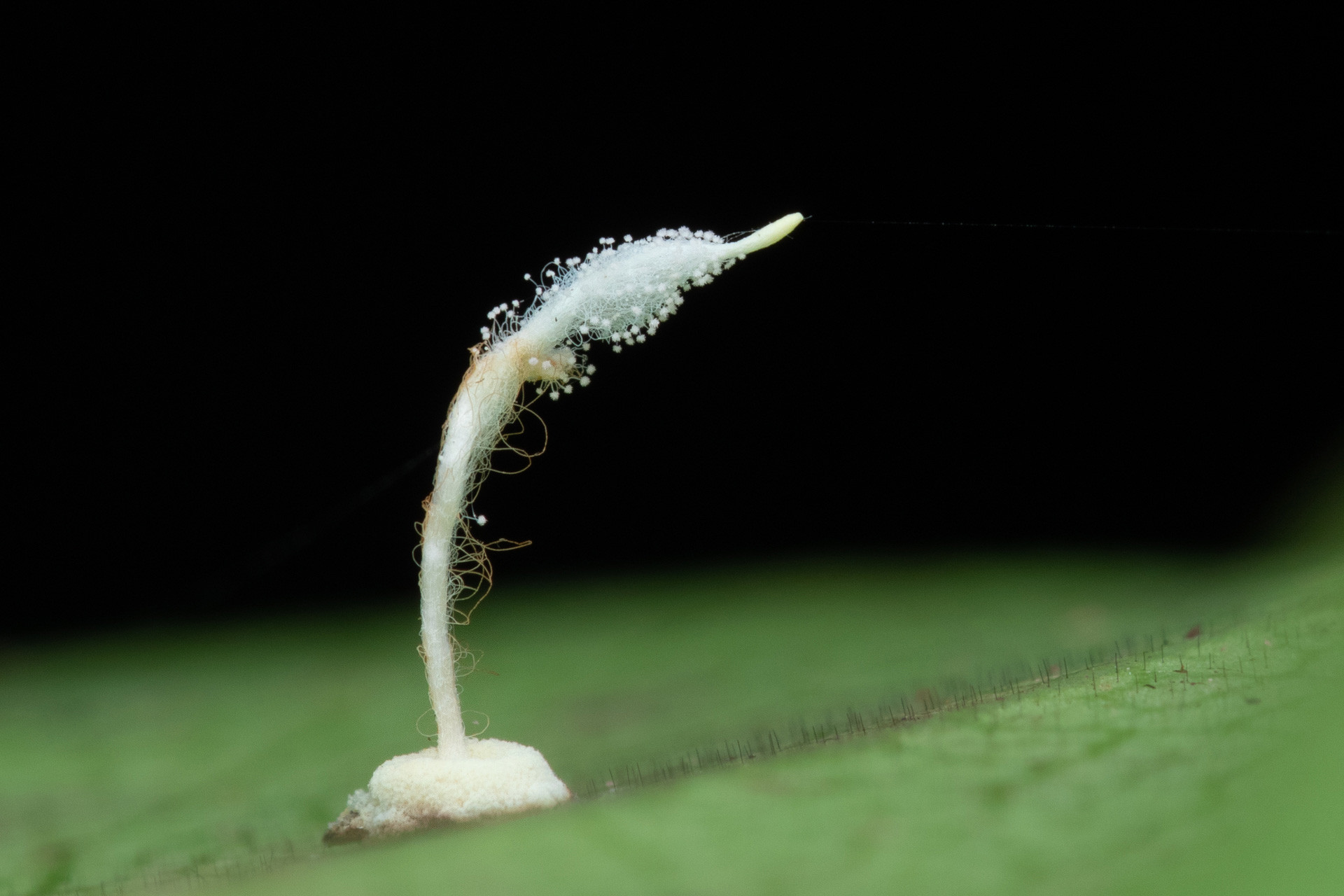As a kid, monsoon was the most exciting season for me! The fresh smell of rain and the immediate transformation of one’s surroundings from arid brown to lush green was a welcome change from the dry heat of the summer. But the real reason behind my excitement was the chance to accompany my mom to the backyard forest to harvest the season’s puffballs and mushrooms which she would later cook into a flavour-packed curry!
I once went overboard and picked a few mushrooms by myself to proudly hand them over to mom, only to be politely rejected as she educated me about poisonous fungi and how they can bitterly upset your digestion.
But, would you believe me if I told you that apart from poisonous fungi, there are also fungi that can completely take over a small arthropod’s central nervous system and assume absolute control over it? Unbelievable, right? Imagine what it felt like for me as a kid, reading about entomopathogenic fungi aka ‘zombie fungi’ in one of the science books at the school library!
Entomopathogenic fungi are broadly classified into four orders—Hypocreales, Onygenales, Neozygitales and Entomophthorales. As a layman, I used to negligently call them cordyceps, while cordyceps is just one of the many genera that fall under the entomopathogenic families of Cordycipitaceae and Ophiocordycipitaceae.
The fruiting body of a fungus is called a mushroom, which contains the spores that are propagated through a process called sporulation. Like many fungi, entomopathogenic fungi also propagate through spores. Once the spore of an entomopathogenic fungus attaches itself to the exoskeleton of an arthropod, it uses enzymes and mechanical pressure to break through. The fungus then spreads through the body and releases a cocktail of chemicals that alters the behaviour of the arthropod. Once the fungus reaches the brain of the arthropod, it takes over the central nervous system and gains complete control of the invertebrate’s movement.
You may also like to read
Unfortunately, the minuscule entomopathogenic fungi don't get the kind of attention that bigger mammals or birds get, as they are hard to spot and often unattractive to the human eye. This photo feature is my attempt to throw a spotlight on the crucial role that fungi play in balancing biodiversity and maintaining healthy ecosystems.
I thank Vipin Baliga for enlightening me about the fascinating capture and control process of entomopathogenic fungi.

